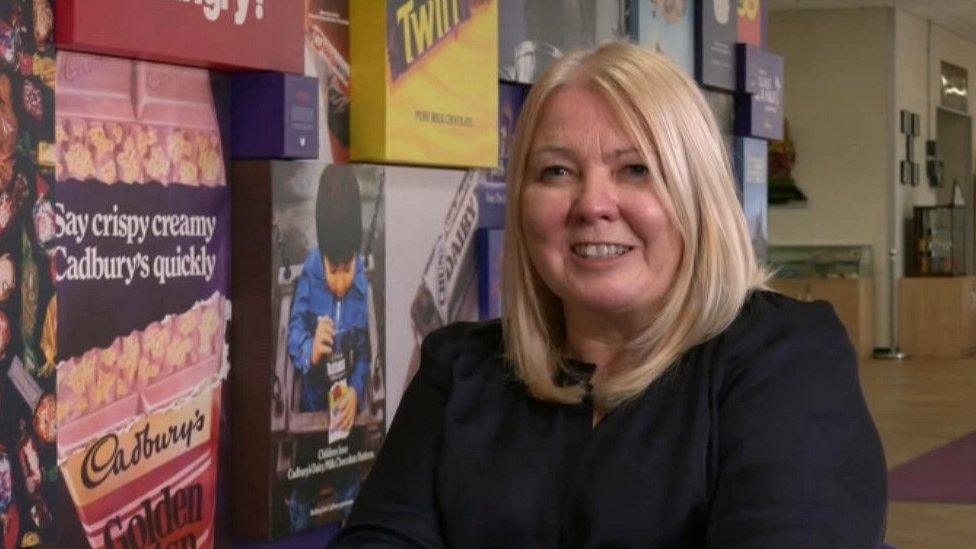Blue plaque to honour Cadbury philanthropist
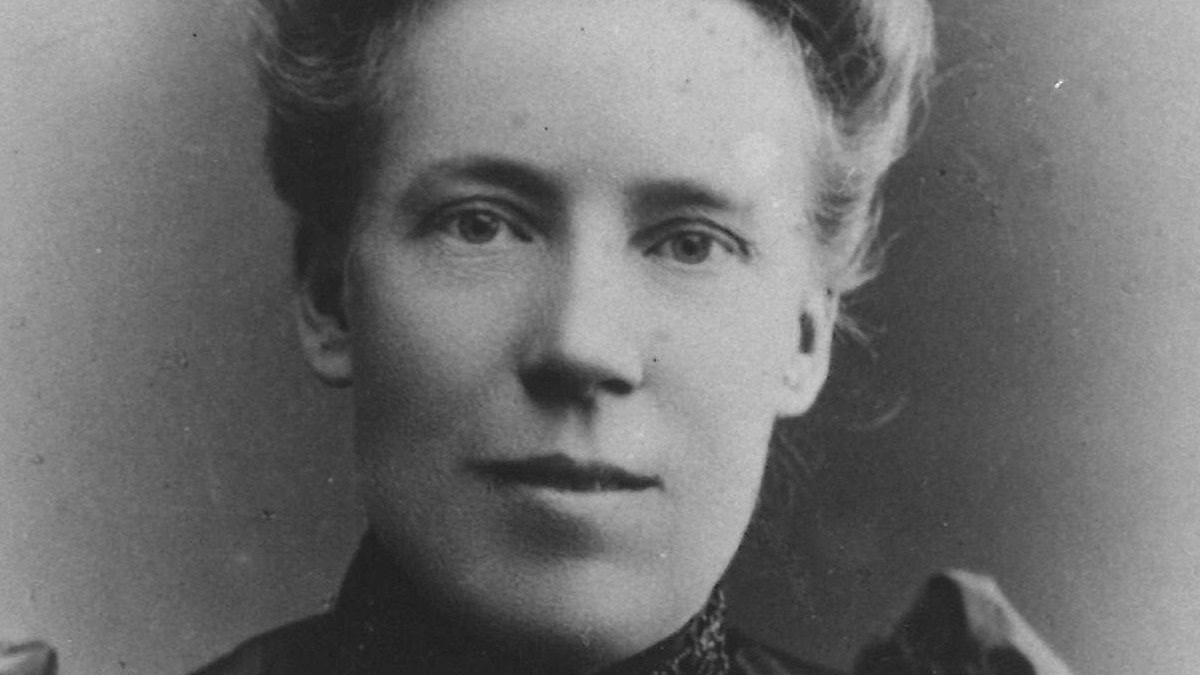
Dame Elizabeth Cadbury campaigned to provide medical inspections in schools as part of her wide range of work
- Published
A Victorian philanthropist who led an "extraordinary life" campaigning for women's and children's rights to health and education is to be honoured with a blue plaque.
The memorial to Dame Elizabeth Cadbury will be unveiled at Birmingham's Bournville Junior School, on Thursday. She opened the school in 1906.
Daniel Callicott, heritage manager at Bournville Village Trust, said: "She blazed a trail at a time when it was incredibly difficult for women to stand up for themselves, let alone others, and this is reflected in the vast variety of roles she took on."
Dame Elizabeth worked with her husband, chocolate maker George Cadbury, to change people's lives in the city, he said.
Dame Elizabeth was born into a "socially aware Quaker family" in south London in 1858. She visited workhouses with her mother and volunteered at children's hospitals, the trust said.
She married George Cadbury in 1888 and moved to Birmingham. The couple had six children.
The trust said her campaigning work continued in the city and included opening the Woodland Hospital, (now the Royal Orthopaedic), building a holiday home for children from inner city slums and campaigning for medical inspections in schools.
Dame Elizabeth also led efforts to provide housing and schooling in Birmingham for young refugees from Serbia and Austria after World War One and worked with Belgian refugees during World War Two.
In 1922, she became chair of Bournville Village Trust, the organisation founded by her husband, opening its 200th house.
"Dame Elizabeth was a pioneer who enriched the lives of so many women and children in the city," said Mr Callicott.
He added her "extraordinary life" included leading the UK delegation to the World Congress of the International Council of Women in 1936 when she was in her 70s.
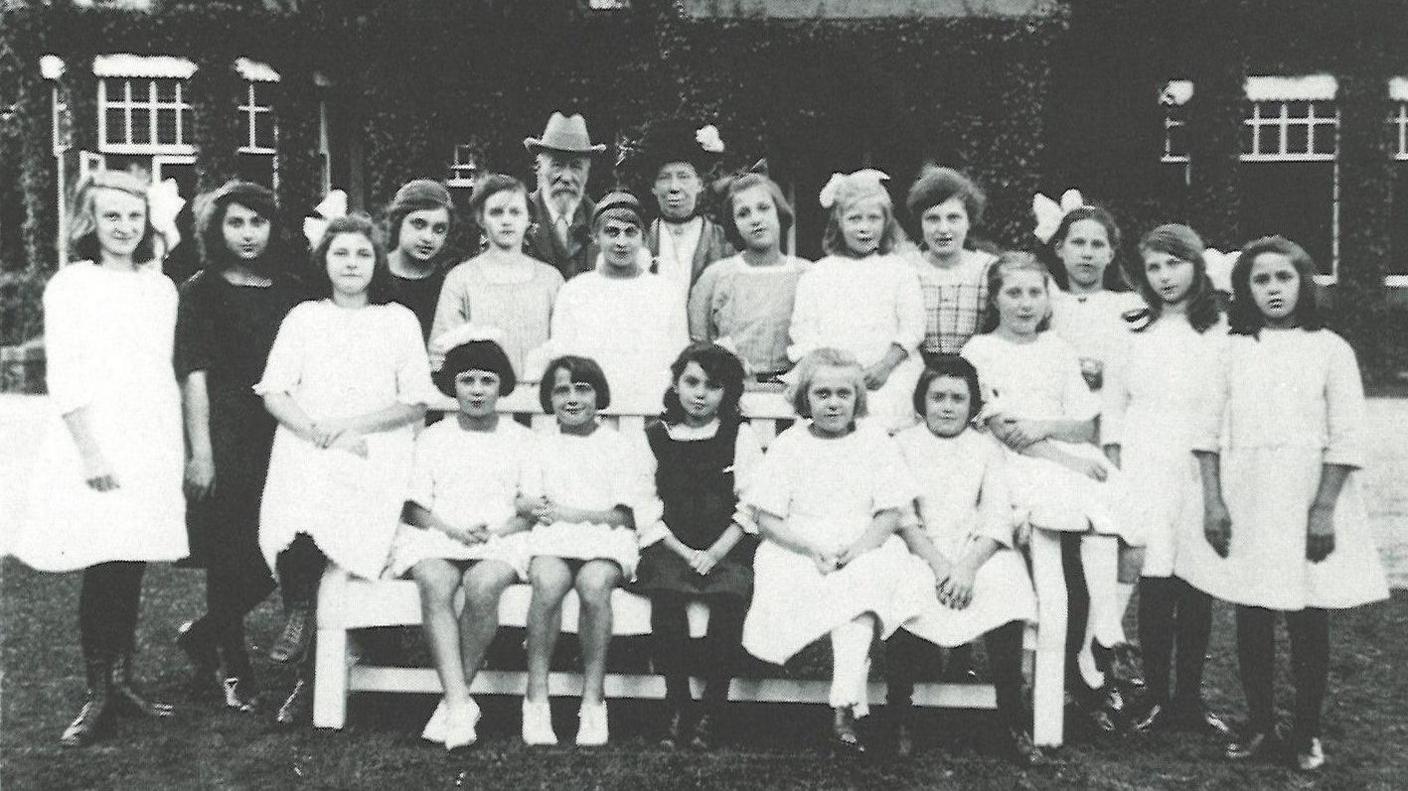
Elizabeth and George Cadbury pictured with refugees at their home during World War One
The Birmingham Civic Society's Heritage Committee, which is working with the trust, has installed blue plaques to commemorate people in the city since the 1950s.
Co-chair Nicola Gauld said Dame Elizabeth's campaigning and practical work "impacted the lives of many and a blue plaque to recognise her achievements is long overdue".
Get in touch
Tell us which stories we should cover in Birmingham and the Black Country
Follow BBC Birmingham on BBC Sounds, Facebook, external, X, external and Instagram, external.
Related topics
Related stories
- Published30 June

- Published6 November 2024
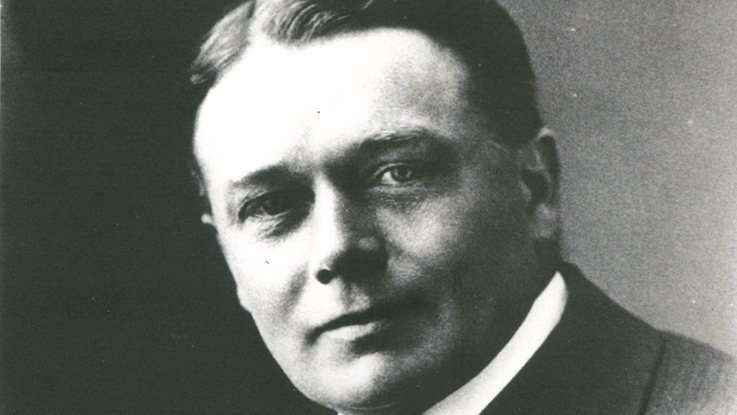
- Published1 March
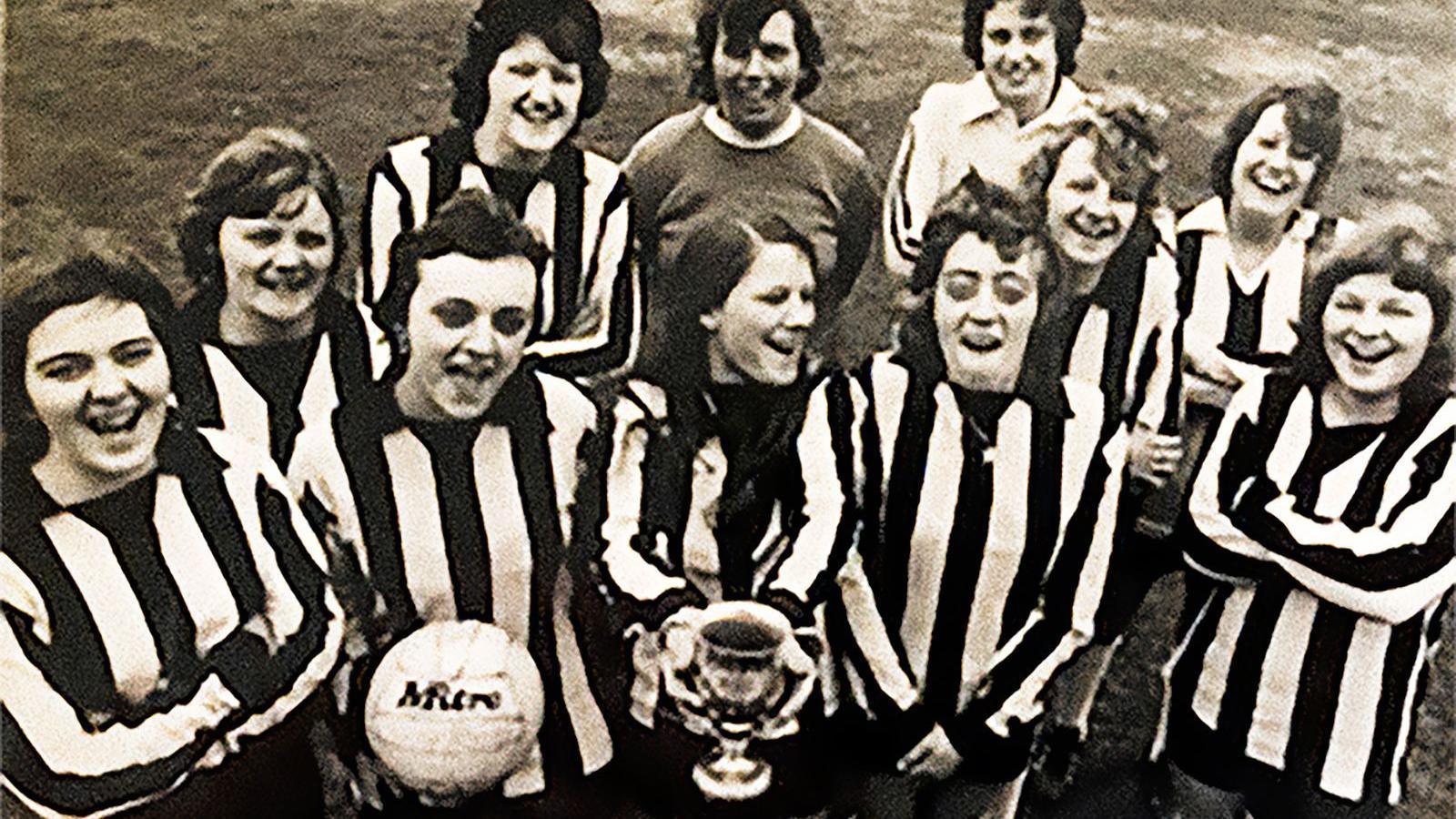
- Published27 March 2024
